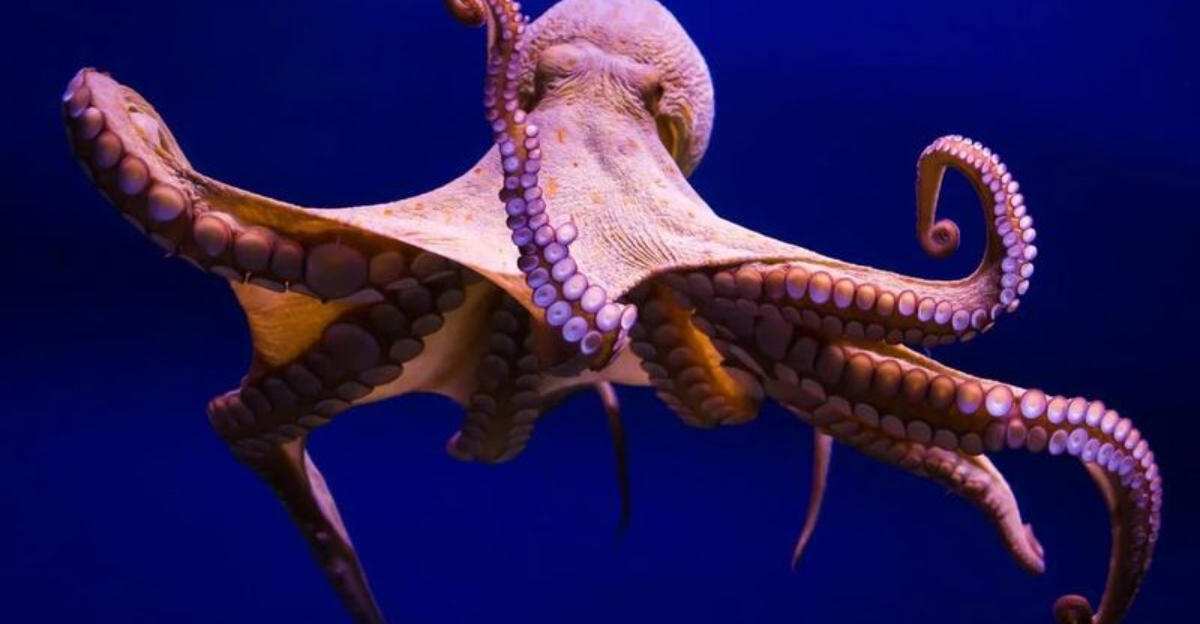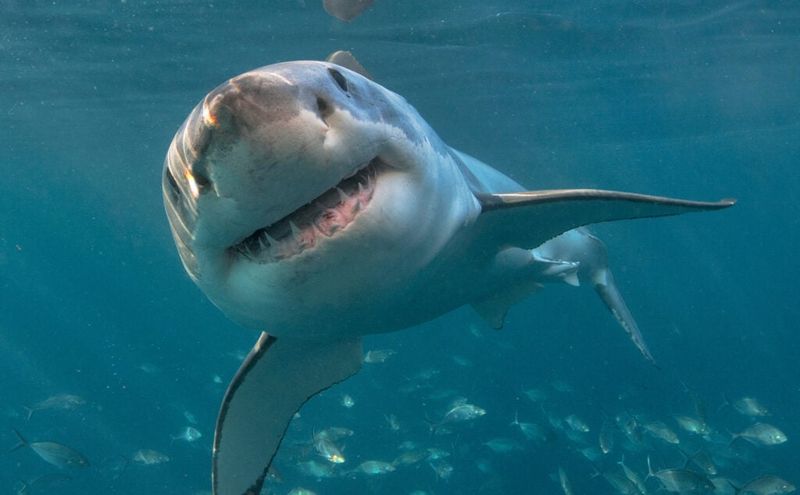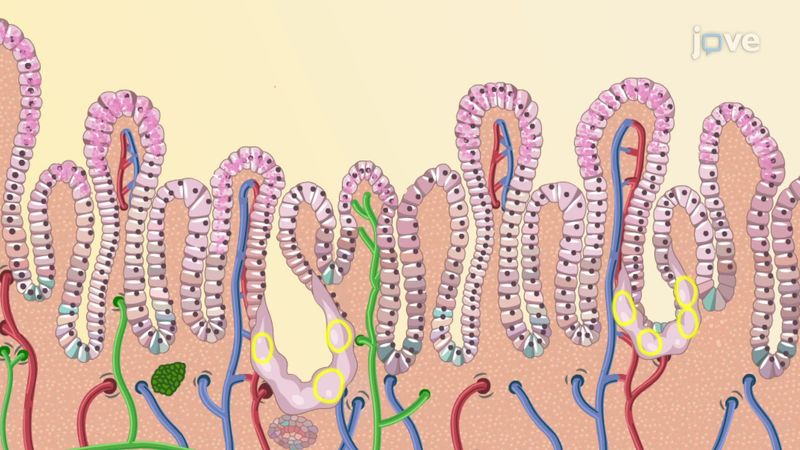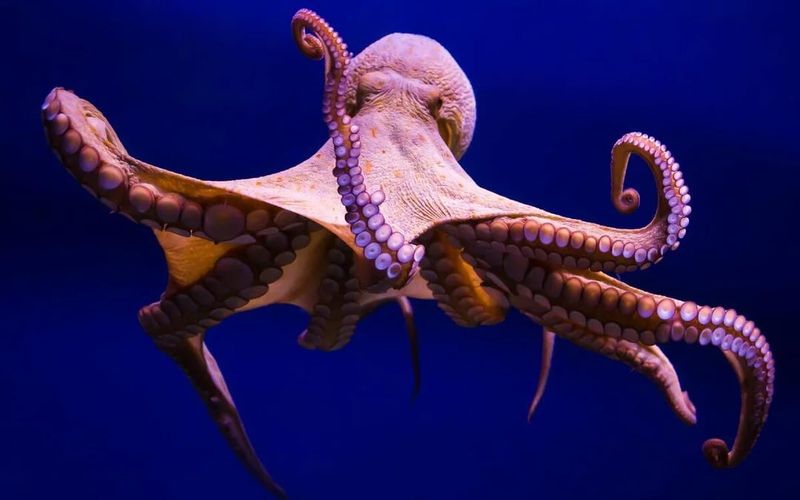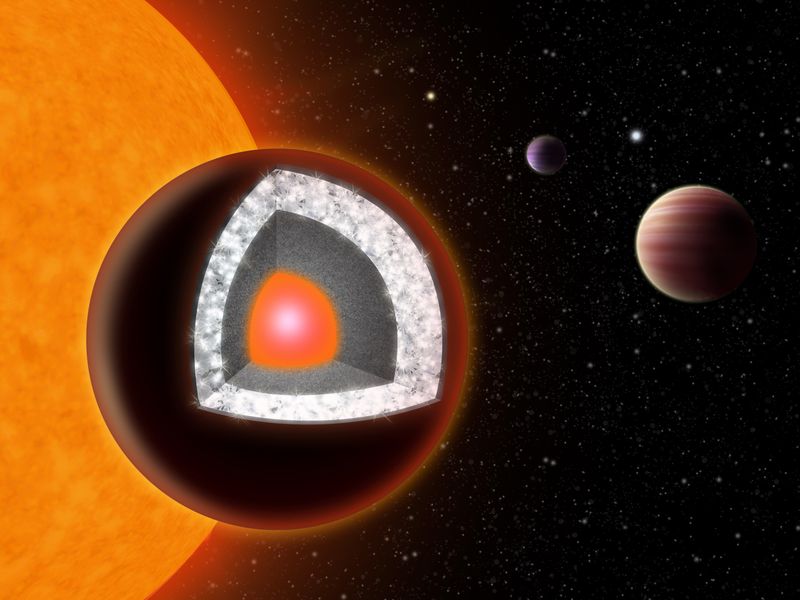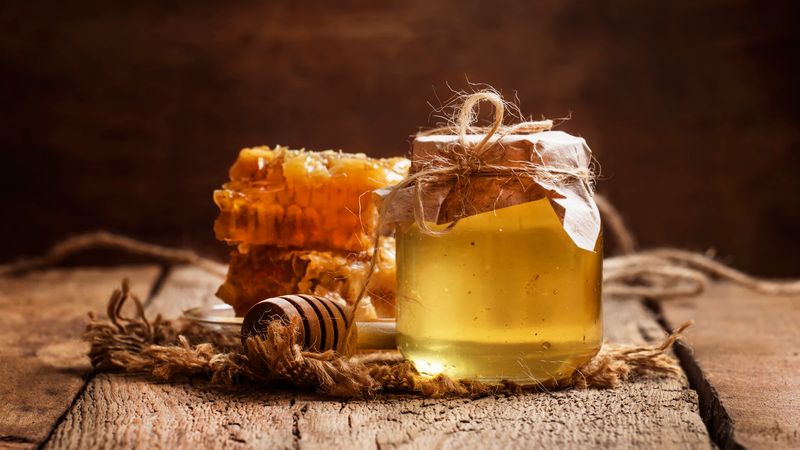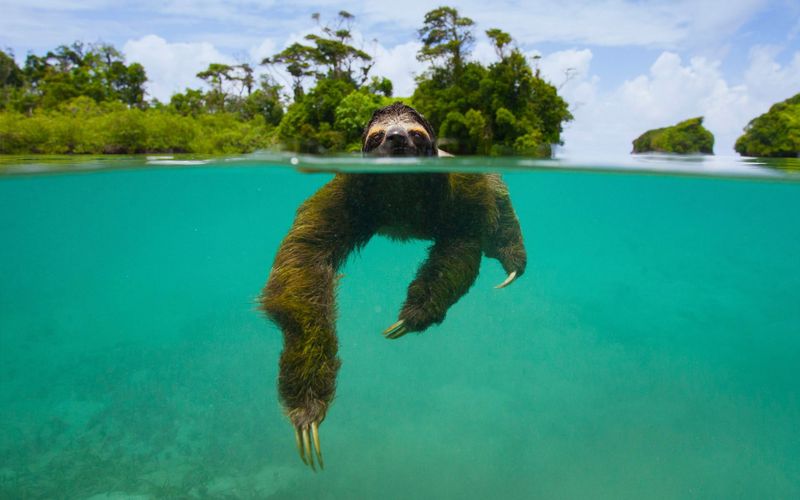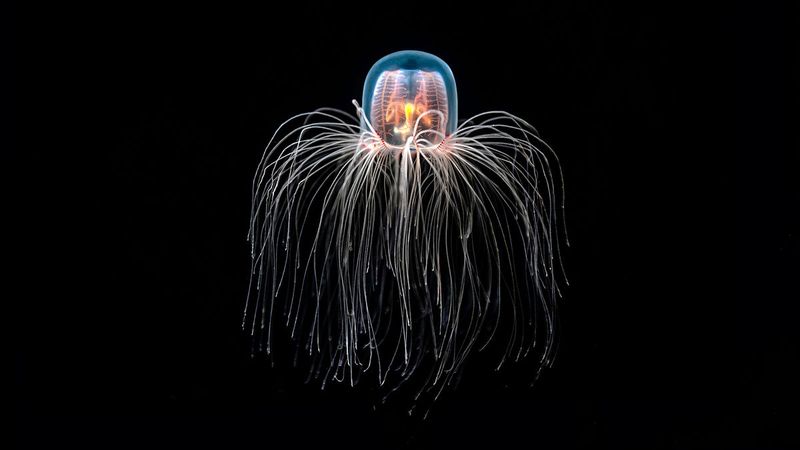Science is full of surprises — some so bizarre, you’d think they came straight from a sci-fi movie or an urban legend. But these wild discoveries are 100% real, peer-reviewed, and mind-blowingly strange. Ready to question reality? Buckle up for these unbelievable (yet totally true) scientific facts.
1. Bananas Are Radioactive
Bananas might seem like an innocent snack, but they contain potassium-40, a naturally occurring isotope. This isotope is radioactive, which means bananas emit radiation. However, don’t be alarmed. You would have to eat millions of bananas for the radiation to have any significant effect on your health.
This interesting fact makes bananas a fun example of how radiation occurs naturally in our world. Perfect for trivia nights, this piece of knowledge shows how fascinatingly complex nature can be.
So next time you peel a banana, remember, it’s not just breakfast; it’s science.
2. Tardigrades Can Survive in Space
Tardigrades, affectionately known as water bears, defy the odds of survival. These microscopic creatures can withstand extreme conditions that would obliterate most life forms.
From boiling heat to freezing cold, crushing pressure to the vast vacuum of space, they endure it all. Amazingly, tardigrades can enter a cryptobiotic state, effectively coming back to life after facing dire circumstances.
Their resilience stirs the imagination, making one ponder the possibilities of life beyond Earth. Their seeming immortality inspires researchers to explore the potential of survival in unimaginable environments.
3. Sharks Are Older Than Trees
Imagine this: sharks have been roaming Earth’s waters longer than trees have been growing on land. With a history stretching back over 400 million years, sharks have witnessed the rise and fall of countless species.
In contrast, trees appeared a mere 350 million years ago. This fascinating timeline underscores how sharks are true survivors, adapting to Earth’s ever-changing ecosystems.
Their ancient lineage highlights their resilience and evolutionary prowess. Sharks’ continued existence serves as a testament to their adaptability and the intricate web of life on our planet.
4. Your Stomach Lining Renews Itself Every Few Days
Your stomach is a marvel of regeneration. The lining of your stomach renews itself every few days. But why this rapid turnover?
The stomach’s powerful acid, essential for digestion, would otherwise eat through its own cells. This constant renewal process prevents the stomach from self-digestion, safeguarding its vital function.
It’s a fascinating reminder of the body’s incredible ability to protect and heal itself. This dynamic regeneration illustrates how our bodies continuously adapt to the demands of maintaining health and homeostasis.
5. We Share About 60% of Our DNA with Bananas
Humans and bananas might seem worlds apart, but genetically, they share more than you’d expect. About 60% of our DNA is shared with the banana, highlighting the common genetic threads woven through all life.
This shared DNA underscores the fundamental biological processes that unite diverse forms of life on Earth. It’s a humbling realization that reflects our interconnectedness.
Next time you enjoy a banana, consider the genetic kinship that stretches across species, reminding us of the intricate tapestry of life.
6. Octopuses Have Three Hearts and Blue Blood
Ever marveled at the octopus’s grace? This enigmatic sea dweller boasts three hearts. Two hearts pump blood to its gills, while the third circulates it to the rest of its body.
Beyond its triple hearts, the octopus has blue blood. Unlike human blood, which is iron-based, an octopus’s blood contains copper, giving it a unique hue.
This adaptation is crucial for survival in cold ocean depths. With such incredible physiological traits, the octopus remains one of the ocean’s most intriguing creatures, captivating the curiosity of marine biologists worldwide.
7. There’s a Planet Made of Diamond
In the vast expanse of the universe, there exists a planet believed to be made of diamond. Known as 55 Cancri e, this exoplanet is speculated to be one-third diamond due to its carbon-rich composition and immense pressure.
This celestial wonder orbits its star so closely that its surface reaches scorching temperatures. The concept of a diamond planet captivates astronomers and dreamers alike, sparking intrigue and imagination.
Such discoveries expand our understanding of planetary formation and the diverse possibilities that exist beyond our solar system.
8. Some Fungi Can Take Over an Animal’s Mind
Enter the world of Ophiocordyceps, a fungus with a chilling ability to control its host. This parasitic fungus takes over the minds of ants, turning them into “zombies.”
Once infected, the ant exhibits abnormal behavior, climbing plants against its instincts. Eventually, the fungus kills the ant, releasing spores to infect others.
This real-life horror story highlights the complex and sometimes cruel interactions between species. It serves as a reminder of nature’s dark side and the intricate balance of ecological relationships.
9. Honey Never Spoils
Imagine finding a food that never spoils. Honey is that miraculous substance, with archaeologists discovering edible pots in ancient Egyptian tombs.
Honey’s longevity is attributed to its low water content and acidic nature, which prevent bacterial growth. This natural preservative quality has been valued for millennia.
Honey’s eternal sweetness is not just a culinary delight but a testament to nature’s ability to create perfect, lasting solutions. Its enduring freshness symbolizes the timelessness of natural wonders.
10. Sloths Can Hold Their Breath Longer Than Dolphins
Sloths are not just slow-moving mammals; they’re also breath-holding champions. These creatures can slow their heart rate, enabling them to hold their breath for up to 40 minutes.
In comparison, dolphins can only manage 10-15 minutes. This remarkable ability helps sloths evade predators in their aquatic habitats.
Their unique adaptations make sloths fascinating and surprisingly resourceful. By mastering the art of stillness, sloths reveal the diverse strategies life has developed for survival in the wild.
11. Jellyfish Can Technically Live Forever
The Turritopsis dohrnii jellyfish, known as the “immortal jellyfish,” possesses an extraordinary ability. It can revert its cells back to an earlier stage of life, a biological reset that defies aging.
This process enables the jellyfish to potentially live forever, avoiding the typical lifecycle. The discovery of this phenomenon has intrigued scientists, opening discussions about the nature of aging and immortality.
Such biological marvels inspire questions about life’s potential and longevity, pushing the boundaries of biology and evolution.
12. There’s an Organism That Doesn’t Age
The hydra, a tiny freshwater creature, defies the concept of aging. Unlike most organisms, it doesn’t experience aging in the traditional sense.
The hydra’s cells continuously regenerate, allowing it to maintain its youth indefinitely. This regenerative capability intrigues scientists, offering insights into the mechanisms of aging and cellular health.
The hydra’s perpetual youthfulness adds to the wonder of biological diversity and the mysteries of life. Its existence challenges our understanding of mortality and the potential for eternal life.
13. The Human Body Glows (a Little)
While it might not be visible to the naked eye, the human body emits a minuscule amount of visible light. This bioluminescence is about 1,000 times weaker than what we can detect, but it’s there nonetheless.
Our cells undergo biochemical reactions that produce this faint glow, a phenomenon shared by many living organisms. This subtle luminescence reminds us of the hidden wonders within our own bodies.
Though not as dramatic as a firefly’s glow, this feature connects us to the broader tapestry of life, showcasing nature’s quiet marvels.
